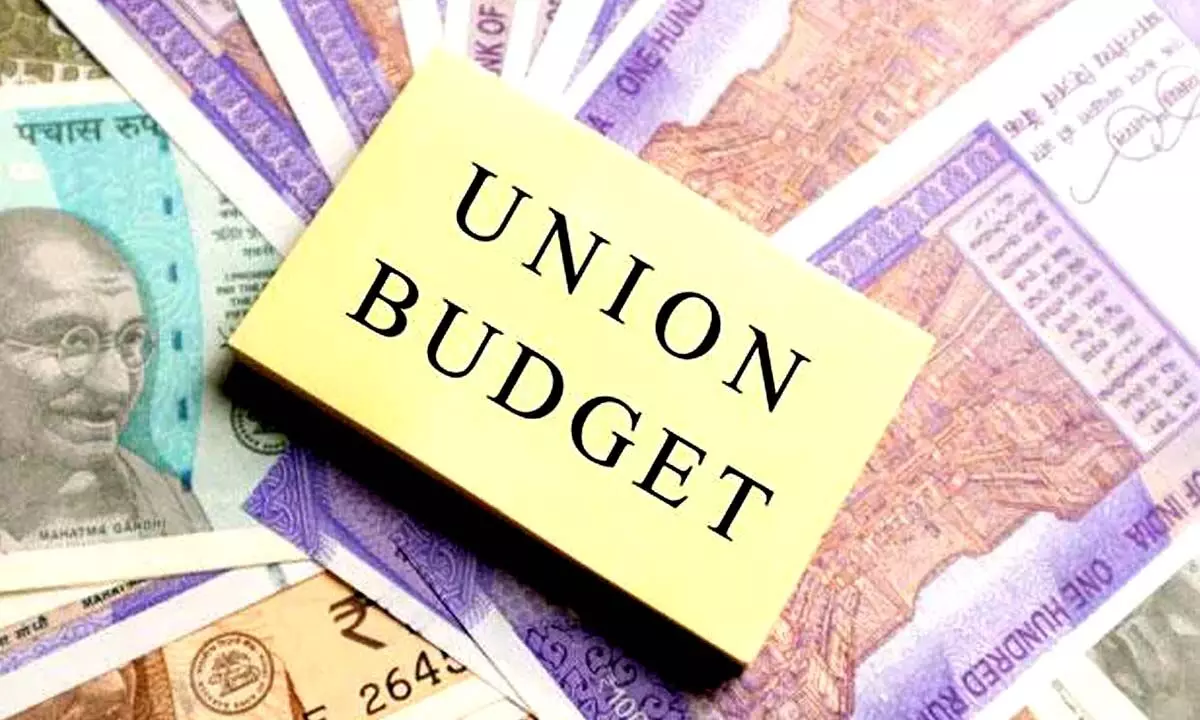Govt must listen to India Inc on budget
The corporate India is demanding capital expenditure of Rs10 lakh crore and income-tax relief from govt
image for illustrative purpose

During and after the Covid pandemic, the government did not go on a spending spree. It did come up with an economic revival package which it said was worth Rs20 lakh crore, but this figure was exceedingly misleading, for the actual spend was far less—and that was good because it didn't strain the fiscal situation much. Indeed the big number announced had to do much more with politics than the economy
Budget preparation begins months before it is announced. Business chambers make their presentations; this time too, top businesspersons met Finance Minister Nirmala Sitharaman. Interestingly, there is considerable harmony between their wish list and the policies the Narendra Modi government has been following.
The government should adhere to the fiscal deficit target of 6.4 per cent of gross domestic product (GDP) for the current fiscal and aim to reduce it to 6 per cent in 2023-24, the Confederation of Indian Industry (CII) said after a pre-Budget consultation meeting with the Finance Minister Nirmala Sitharaman.
"There should be aggressive focus on privatization," the business chamber said, adding that the Budget should also increase capital expenditure to Rs 10 lakh crore from around Rs 7.5 lakh crore in 2022-23.
On both counts, the government has been doing well. Indeed it is a pleasant surprise that the fiscal deficit has been restricted to 6.4 per cent for this fiscal. The first complete lockdown, which brought major sections of the economy to a halt, was devastating in its scope. One would have expected a much worse fiscal situation than it is now.
Both in 2020 and 2021, the government disregarded the (often gratuitous) advice of many experts that it should go on a spending spree 'because this time it is different.' It is another matter that these economists say every year that this time it is different, for something or the other keeps happening all the time. When it's not the pandemic, it is a natural disaster, war, or some other development that rattles the economy.
During and after the Covid pandemic, the government did not go on a spending spree. It did come up with an economic revival package which it said was worth Rs 20 lakh crore, but this figure was exceedingly misleading, for the actual spend was far less—and that was good because it didn't strain the fiscal situation much. Indeed the big number announced had to do much more with politics than the economy.
The government has also been focusing on capital expenditure. "The outlay for capital expenditure in the Union Budget is being stepped up sharply by 35.4 per cent from Rs 5.54 lakh crore in the current year to Rs 7.5 lakh crore in 2022-23," Finance Minister Sitharaman said during her Budget speech this year.
Last year, Prime Minister Narendra Modi launched the PM Gati Shakti: National Master Plan for Multi-modal Connectivity. It is, according to a government website, "essentially a digital platform to bring 16 Ministries including Railways and Roadways together for integrated planning and coordinated implementation of infrastructure connectivity projects."
The multimodal connectivity will provide integrated and seamless connectivity for movement of people, goods and services from one mode of transport to another. It will facilitate the last mile connectivity of infrastructure and also reduce travel time for people, the website added.
An official with a government-run infrastructure company informed Bizz Buzz that PM Gati Shakti has taken care of the problem of government departments working in silos. "Now, the possible problems a project would face can be known on the drawing board. For instance, if a road is to be built, the agency responsible for the job knows right from the beginning about the issues like land acquisition and encroachments. So planning is done accordingly."
Against this backdrop, India Inc's desire of Rs 10 lakh crore capital expenditure, which would be 33 per cent over this year's budgetary estimate, doesn't seem difficult. In fact, the government may already be planning to spend that much.
Similarly, "aggressive focus on privatization" is already there. After a gap of about two decades, the Modi government sold off the loss-making Air India. If there has not been any major selloff since then, it is more because of the lack of buyers than its own hesitancy which was perceivable in its first seven years. It tried to sell BPCL disinvestment but did not because there was just one bidder.
Now the government has to become bolder and aggressive, and sell public sector undertakings (PSUs) by way of open bidding, regardless of the number of parties showing interest in the PSU. It shouldn't be bothered about the number of bidders, even if there is only one.
Another demand by corporate India was income tax relief. This is a good idea, for more money in the pockets of people will boost spending, which will not just give a fillip to businesses but also increase GST collection. In a nutshell, the government must heed to the advice of India Inc.

